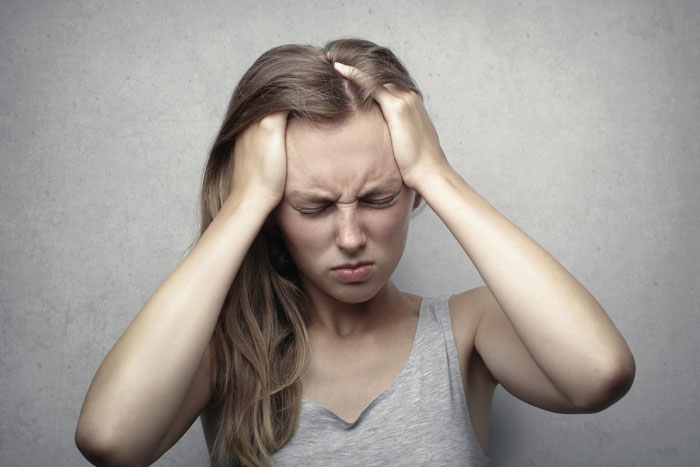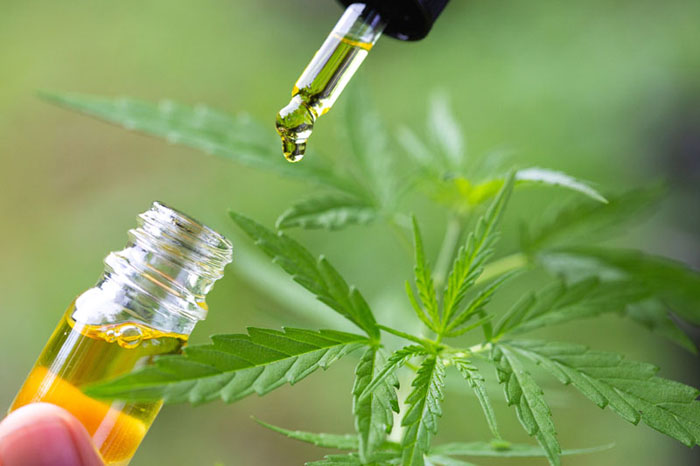Have a question? 06 70 73 89 02
🔞 Not for sale to under 18s
🔥 BIG DESTOCKING: EVERYTHING is on special 🔥
Have a question? 06 70 73 89 02

Headache is generally referred to as a "headache". Migraine, on the other hand, is a specific form of headache.
According to the World Health Organization (WHO), headache is a major health problem[1]. It ranks tenth worldwide among the most incapacitating pathologies.
Over the course of the year: 50% of the adult population suffers from headaches, 30% of which are migraines.
2-4% of the world's adult population suffers from headaches for more than half the month (at least 15 days a month).
Affecting both sides of the skull, the pain here is characterized by "helmet-like" pressure at the temples and tension in the forehead and neck. As a rule, the pain is bearable, and there are no other associated symptoms. Tension headaches can be episodic or chronic.
This type of headache could occur with stress or be linked to cervical muscular and skeletal problems[4].
Migraines are characterized by hypersensitivity to light and sound. Pain is always on one side of the head. Migraines are of the pulsatile type: throbbing pain that follows the heartbeat. Pain intensity is variable. It is sometimes accompanied by nausea and vomiting. The causes of the disease are as yet unknown, although heredity seems to play an important role,[5] certain factors are known to favor its onset:

There is no real cure for the causes of headaches, and migraines in particular. Traditional solutions involve either taking non-steroidal anti-inflammatory drugs (e.g. Aspirin, Ibuprofen) and analgesics (e.g. Paracetamol), or triptans* in the case of severe attacks. These solutions do not attack the causes, acting only on the pain, and are not without side-effects.
CBD, a molecule extracted from the hemp plant and devoid of psychotropic effects, acts directly on the brain's CB1 and CB2 cannabinoid neurotransmitters, with implications for the nervous system, inflammation and pain. CBD has virtually no side effects, and has been the subject of several scientific studies.
*Triptans are drugs for the acute treatment of migraine attacks.
In 2017, a study presented at the third congress of the European Academy of Neurology[6] tends to demonstrate the positive impact of CBD on the treatment of migraine. The study compared the effect of different substances given to test groups. It showed that the cannabinoid solution gave the best results. "In the treatment of acute pain, cannabinoids reduced pain intensity in migraine patients by 43.5%.
In 2016, two other studies point in the same direction:
- A first study carried out by the University of California[7] highlights a possible dysfunction of the endocannabinoid system during migraines. By activating this system, CBD could be an effective treatment.
- A second study conducted by the University of Colorado[8] concluded that nearly 40% of patients tested improved, with some minor side-effects such as drowsiness (due to the fact that doses must in principle be adapted to each individual). The study also showed a reduction in migraine episodes from an average of 10.4 to 4.6 per month.
CBD works by directly stimulating CB1 and CB2 receptors, which are responsible for the proper functioning of the endocannabinoid system, which balances many functions such as sleep, inflammation and pain management.
By stimulating these receptors, CBD helps to balance the system. It can help in many cases, including autoimmune inflammations such as Crohn's disease, orsevere rheumatic inflammations such as fibromyalgia.
It may also help increase glutamate and serotonin levels involved in pain processing. A recent 2018 study[9] also shows that CBD may have a positive effect on vascular phenomena associated with migraine or other headaches.
In general, a low dosage[10] of CBD oil is enough to relieve migraine and headaches.
We recommend starting with a low dose, then gradually increasing it until you feel relief. Please consult our article to help you find the ideal dosage for you.

CBD in oil form is one of the most effective ways of taking cannabidiol. Assimilation of CBD is rapid (around 20 minutes) and highly effective (very good bioavailability). Simply place a few drops directly under the tongue.
Not convinced by CBD oil? Prefer a more natural approach with flowers? Discover our practical guide to consuming CBD flowers and taking full advantage of their benefits. And if you're looking for maximum intensity, let yourself be tempted by our pure CBD concentrates, up to 99.7%!
--
Did this article help you? Don't hesitate to visit our blog to discover all the benefits of CBD and keep up to date with the latest news on legal cannabis.